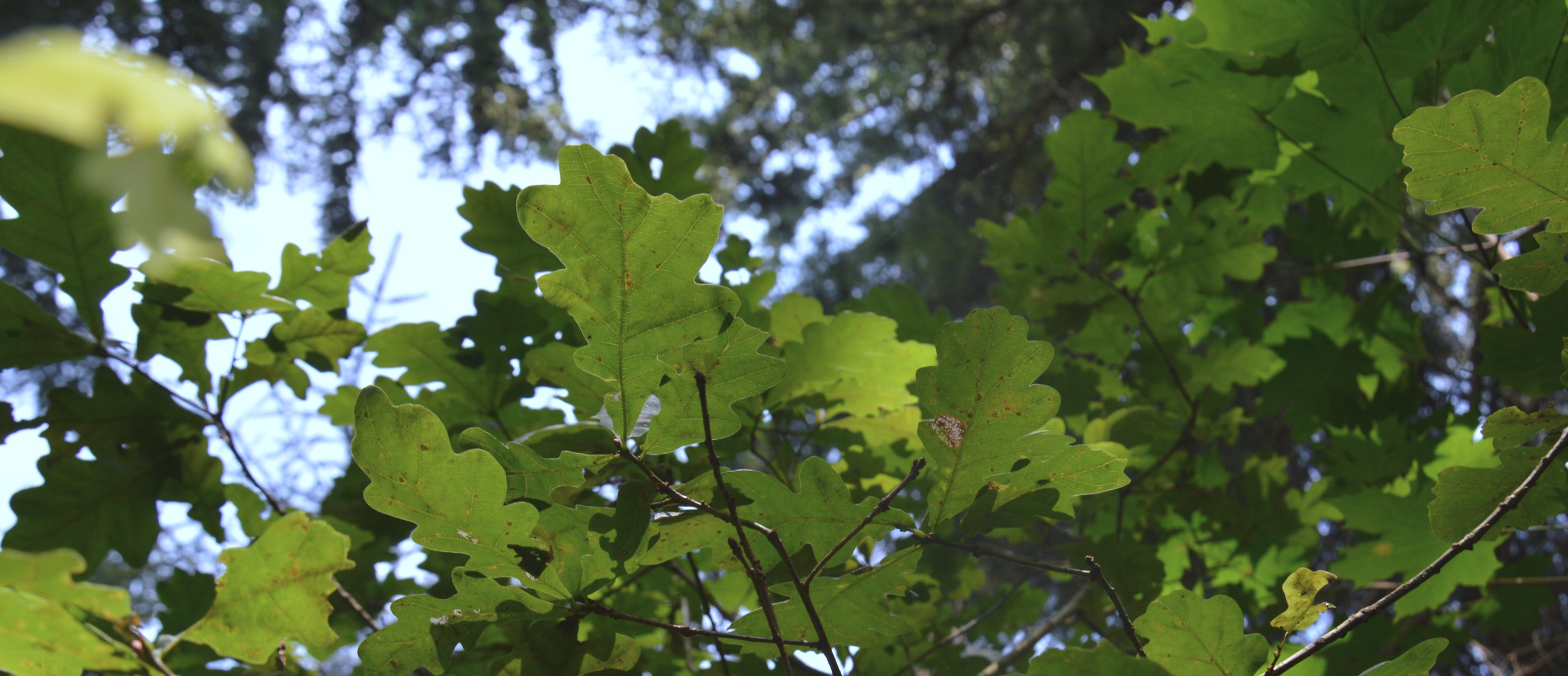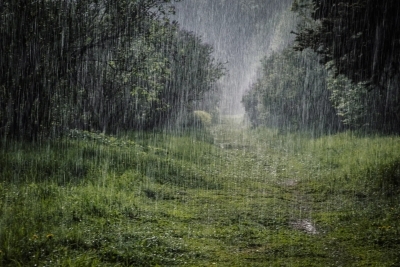Forest owner Artis Vaivods, who lives in the Rēzekne region, works together with his family in both agriculture and forestry. He explains that weather-related challenges have long been familiar in both sectors. This year’s heavy rainfall has sparked public debate and strong opinions about climate change, prompting Artis to share his own experience and views on the impact of rain on forestry.
With over 30 years of experience in the field, Vaivods notes:
“Weather conditions regularly cause problems. In these two sectors, it’s nothing new or unseen - it’s been this way since Soviet times. A rainy autumn is nothing new. These are old, recurring issues. About four years ago, Latgale also had massive rainfall - again, nothing new. We constantly face nature-related challenges, both in forests and on farmland.”
According to the Latvian Environment, Geology and Meteorology Centre, the strongest autumn–winter cyclones in Latvia occurred during the 1960s–1970s, and current climate models do not predict an increase in their intensity.
Similarly, a Re:Baltica study found that even the officially recorded wind and storm events in recent years do not indicate a sharp rise in frequency.
On the other hand, warmer temperatures and higher humidity in the near future may lead to more frequent thunderstorms.
Vaivods points out that a longer and warmer growing season is actually an advantage for his forest. As an example, he mentions Scots pine - trees planted in spring have doubled in height within a year.
“It’s scientifically proven that trees thrive in rainy conditions, especially conifers. When it rains like this year, Latvian pine loves it. Problems only arise in areas where there’s already too much water, making the soil oversaturated. I planted pines this spring - they were 15 cm tall then, and now they’re over 30 cm,” he says.
The impact of rain and flooding on Latvian forests
This summer, the effects of rain and flooding in Latvian forests have been widely discussed. Due to prolonged rainfall, approximately 18 hectares of tree nurseries near Madona - around 80,000 seedlings - no longer meet quality standards.
In such conditions, young trees lose vitality while standing in water and become vulnerable to disease, as maintenance or protective work is impossible.
Excess moisture also slows down forest management, as machinery often gets stuck in mud:
“Pulling out stuck equipment causes downtime and extra costs. After heavy rains, soil preparation is limited almost everywhere.”
Since heavy machinery can no longer move freely on forest roads, harvesting volumes drop.
“We simply can’t get the machines in,” Artis says. “So we’re reducing logging.”
As a result, the number of jobs and wages in the sector temporarily decrease - workers are left with little to do.
When necessary, forest owners adapt their equipment. Artis explains that in his farm, tractors and harvesters are fitted with rubber tires or tracks to enable work in wet conditions.
“Farmers use wider tires on combines, foresters use wider tracks. These measures help save time,” he notes.
However, such adaptations are costly - additional equipment and road repairs require significant investment, reducing profits for the season.
The forest owner’s view and public perception
Artis reveals that public perception of his work often differs from reality:
“Forest management requires large investments that often go unnoticed. I’m a private owner — you need to invest about €1,500 per hectare to prepare the soil, plant, mow, and protect seedlings,” he explains.
“People only notice the forest when it’s time to harvest. When we need to cut, we have to apply to the State Forest Service, get permits, and pay fees. That’s when suddenly everyone - the state, environmentalists, ornithologists - shows interest. But during planting, no one’s there.”
He emphasizes that forest owners don’t need new subsidies, but rather respect for their work:
“We don’t need more support. We just need to be left in peace - to let private owners manage their forests responsibly.”
Looking ahead
The experience of Latvian forest owners shows that changing climate conditions bring both opportunities and real challenges. Recent data confirm that the frequency of strong storms is actually decreasing, yet variations in rainfall volume and distribution require vigilance.
Experts from Latvia’s State Forests (LVM) warn that prolonged moisture can hinder reforestation and trigger pest outbreaks, though tree growth may accelerate in warmer, wetter climates.
Vaivods believes that mutual understanding and adaptation are key:
“Forestry professionals must continue investing in equipment and adaptation, while policymakers must consider the real needs of private forest owners.”
Just as he adjusts his machinery and work schedules, society and state institutions must learn to understand the stories of rural residents and forest managers. Only then can Latvia ensure resilient, productive forests that take advantage of climate change opportunities while minimizing its risks.
Translation form apollo.lv

